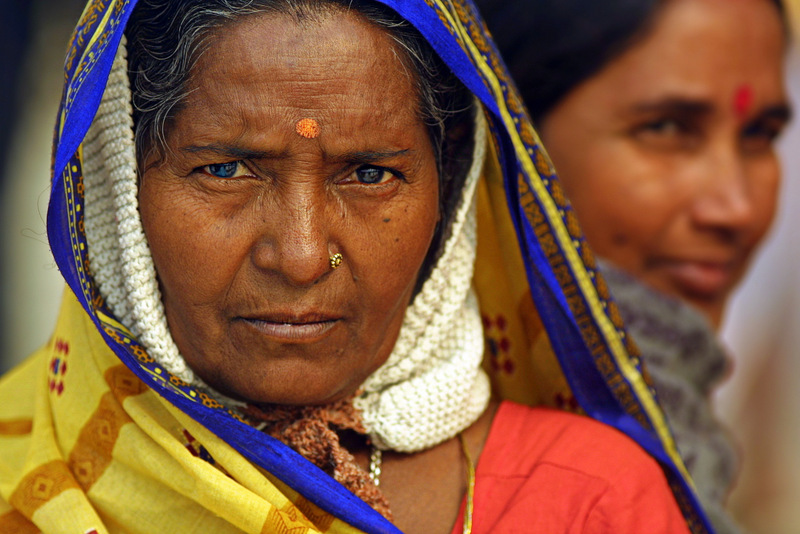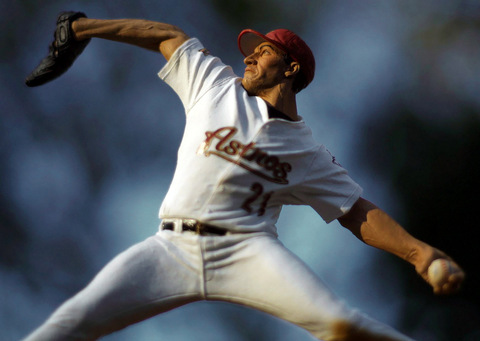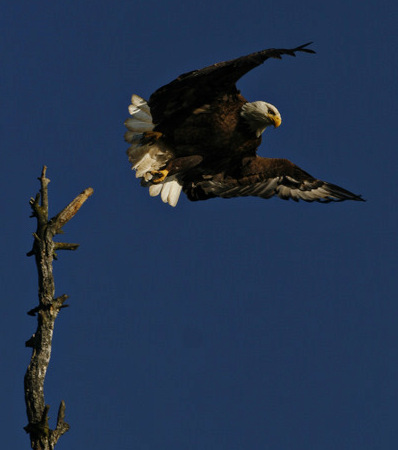Digital Photography Terms
Fixed Focal Length
Photo taken with a Canon D30 and a Canon 200mm f/2.8L
While Fixed Focal Length may sound like a complicated digital photography term, its meaning is simple.
A fixed focal length lens, or prime lens, is a lens that does not zoom. That’s it.
But how do you put this simple definition into practice? How does a lens that does not zoom even wind up in someone’s camera bag? Don’t all lenses zoom in and out?
First, you should understand that before zoom lenses existed there were only prime lenses. Lenses with the ability to go from one focal length to another are all derived from the original prime lenses that only had one focal length.
Benefits (and Drawbacks) of Prime Lenses
The Pros:
First, fixed focal length lenses are often made to let in more light than their zooming counterparts. This ability to let in more light is achieved by having a low f/stop. Most consumer zoom lenses have a low (or open) f/stop of f/3.5. While this is a decent f/stop, these lens’ images can quickly degrade in quality when zoomed in.
Professional zoom lenses don’t have this problem as they are made to maintain a consistent aperture throughout the lens’ zoom range. Most pro-level zoom lenses have a fixed aperture of f/2.8. This lets in a lot more light than a lens with an f/3.5 aperture.
And this is where the prime lenses demonstrate why they should be in your camera bag. Fixed lenses often have f/stops of f/1.8, f/1.4, f/1.2 and even lower. These slight variations in f/stop settings may seem insignificant, but they are anything but.
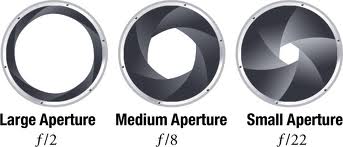
When you have a lens that allows you do use an aperture under f/2.8, you have a lens that will allow a lot of light to come through it. And this is one of the (if not THE) most important things to look for in a lens.
Having a low f/stop (that is f/2.8 or lower) allows you to continue shooting in low light situations when all other photographers have gone home. It also allows you greater bokeh (background blur) which is especially useful in portrait photography as it the blurring of the background puts more emphasis on your subject.

f/3.5
vs f/1.2 – Huge Difference
Canon and Nikon both make professional-level fixed focus lenses as well as pro-sumer fixed lenses.
These professional lenses often have an f/stop of f/1.4 or lower. The pro-sumer lenses often have an f/stop of f/1.8. The difference between an f/1.8 lens and an f/1.4 lens are staggering, especially in terms of cost. Whereas you can find very good pro-sumer lenses at f/1.8 for under $500, you can find pro-level f/1.4 lenses for several thousand dollars.
The benefits of a fixed focus lens are better low light performance (huge!) and the ability to get better bokeh (background blur).
Photo taken with a Canon 60D and a Canon 50mm f/1.8 lens.
And The Cons...
But there are a few cons to consider with fixed focus lenses.
One con is easy to understand. You have to move. To change perspective, angle, and distance with a fixed focus lens, you have to move. With a zoom lens, a slight turn of the wrist can take you from a wide angle shot to a zoom in shot (and you didn’t even have to move your feet).
If you cannot move, you have to change lenses if you want to show a different focal length.
You have to open your bag (don’t forget that you will have to carry more lenses if you are shooting with fixed focus lenses) take out the lens you want, remove the lens you don’t want, place the new lens on the camera and put the other lens back in the bag.
If you are doing any kind of documentary (or sports) photography this time spent changing lenses and not following the action can be the difference between a picture captured and a picture missed.
Photo taken with a Canon 30D and a Sigma 20mm f/1.8 lens.
One
Zoom to Rule Them All
Today’s zoom lenses are well advanced and can often produce the same results as a prime lens. If economics are a concern, you might be better situated with a quality zoom lens and maybe something like a Canon 50mm f/1.8. Canon 50mm f/1.8 lenses go for just over $100 new and below $100 used.
The lens is plastic and not incredibly durable, but it takes great pictures.
And I have not yet found a DSLR zoom lens that has an f-stop below f/2.8. So having the cheap and awesome 50mm f/1.8 in the bag brings additional firepower. Nikon makes a similar 50mm f/1.8 lens as well.
But Wait!
Photo above taken with a Canon 30D and a Canon 200mm f/2.8L lens.
There’s
one more advantage to be had using fixed length lenses. Zoom lenses
tend to zoom in to focal lengths no longer than 200mm or 300mm. If
you are a birder (one who follows birds) and want to take pictures of
birds, a 300mm zoom lens will not cover the distance needed to fill
the frame with the bird.
Fixed focal length lenses soundly defeat zoom lenses when it comes to long focal length range. Many sports photographers employ these lenses to capture an athlete’s facial reaction or to capture the split second timing of one race car passing another.
As stated above, these long
range lenses are great for wildlife. Keep in mind however, these long
range fixed focus lenses can be heavy and cumbersome. Some may even
suggest using a tripod at all times due to the weight and length of
the lens.
Recommended Prime Lenses for Canon Cameras.
The Canon camera lenses (below) with the L designation are Canon’s top of the line fixed focal length lenses. The other lenses are all very good in their own regard, but they lack the weatherization and more sturdy build of their more expensive L siblings.
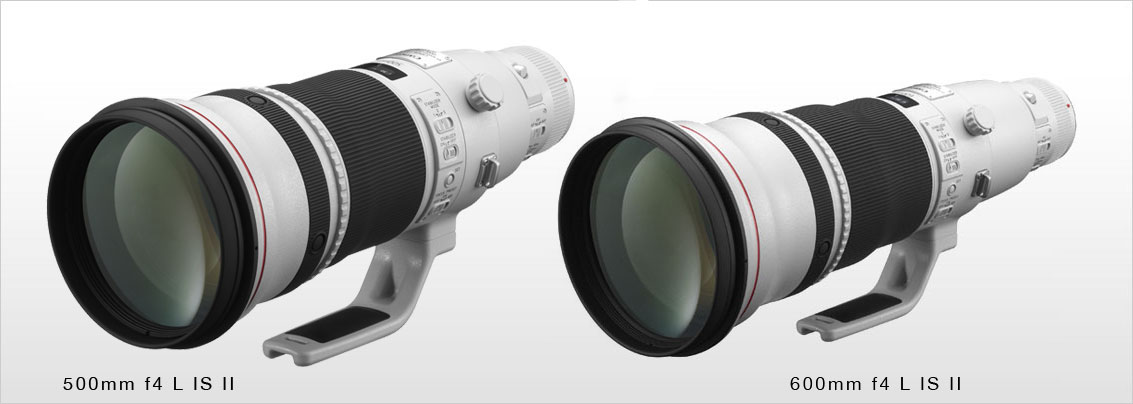
Canon 24mm f/1.4L USM or Canon 24mm f/2.8
Canon 35mm f/1.4L USM or Canon 35mm f/2
Canon 50mm f/1.2L USM or Canon 50mm f/1.4 or Canon 50mm f/1.8
Canon 85mm f/1.2L USM or Canon 85mm f/1.8 USM
Here's a video from Green Hill Camera featuring photographer Monica Felix. Monica explains why she shoots only with prime lenses.
